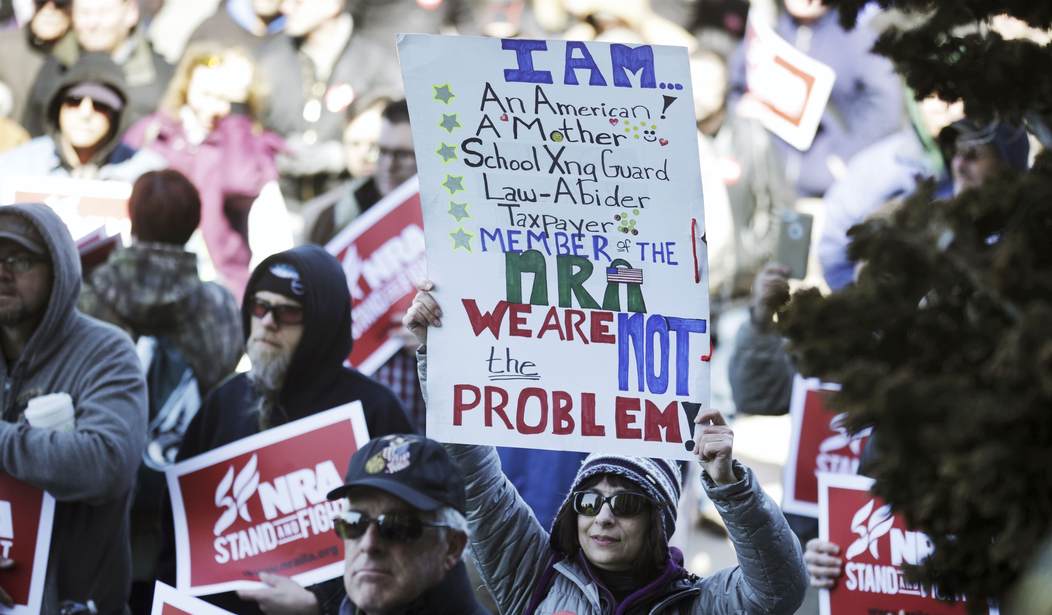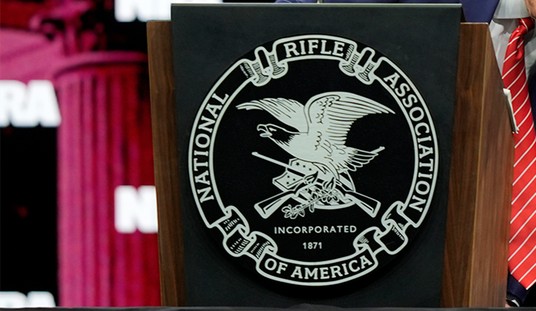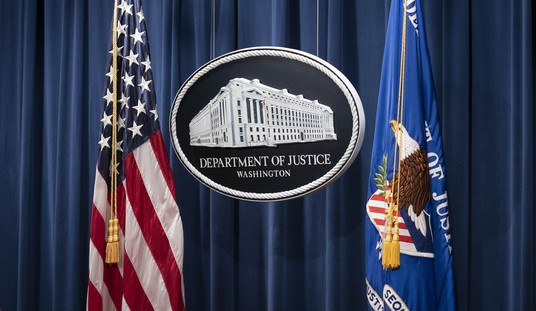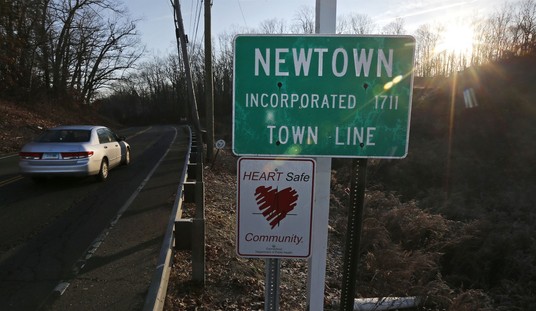Well this is inconvenient for the anti-gunners.
A new study from researchers at the University of Colorado shows that the ten states with the lowest number of mass shootings (defined by researchers as an incident resulting in four or more gun-related deaths, not including the perpetrator) between 2014 and 2022 are overwhelmingly pro-Second Amendment in their politics and policies, with just one anti-gun regime among them.
Meanwhile, the place with the highest number of mass shootings during that same time period is one of the most hostile places for the right to keep and bear arms in the country. Washington, D.C. topped the list of most mass shootings per capita with 10.43 mass shootings per million people, despite restrictive rules governing gun possession and carrying and a lack of gun stores inside the city.
In terms of raw numbers, Illinois (another state that makes it incredibly difficult to lawfully keep and bear arms) had the most mass shootings during the time period in question, with 414 mass shootings. Anti-gun Hawaii had zero, but so too did the decidedly pro-2A state of North Dakota. In fact, of the ten states with the fewest number of mass shootings, Hawaii is the only one on the list that isn’t a permitless carry state.
- Hawaii: 0 mass shootings per million people
- North Dakota: 0 per million
- New Hampshire: 0.08 per million
- Idaho: 0.13 per million
- Vermont: 0.18 per million
- Wyoming: 0.19 per million
- Utah: 0.21 per million
- Maine: 0.25 per million
- West Virginia: 0.31 per million
- Montana: 0.42 per million
What about those places with the most mass shootings? That’s more of a mixed bag.
- Washington D.C.: 10.43 mass shootings per million people;
- Louisiana: 4.28 per million
- Illinois: 3.61 per million
- Mississippi: 2.91 per million
- Alabama: 2.32 per million
- Missouri: 2.29 per million
- South Carolina: 2.26 per million
- Delaware: 2.18 per million
- Tennessee: 2.03 per million
- Maryland: 2.2 per million
Of those nine states and the District of Columbia, just four are now permitless carry (Mississippi, Alabama, Missouri, and Tennessee). D.C., Illinois, Delaware, and Maryland all have extensive gun control laws in place, while Louisiana and South Carolina are somewhere in the middle of the pack when it comes to protecting the right to keep and bear arms.
One thing to keep in mind is that, regardless of what state we’re talking about, mass shootings are incredibly rare events. Most violent crimes are measured per 100,000 residents, not 1,000,000, and even D.C.’s mass shooting rate of 1 per 100,000 is a tiny fraction of the District’s overall homicide rate, which in 2019 stood at 23.52 per 100,000.
The specific data on mass shootings generally correlates to the overall homicide rates in these states, however. Those states with the fewest number of mass shootings are also the states with some of the lowest homicide rates in the nation, while the states with the most mass shootings tend to have higher homicide rates than the national average.
One limitation in the study, however, is that it only looks at state-level data instead of city-specific statistics. I’m not sure why researchers decided to do that, given that the data they gleaned from the Gun Violence Archive allows for a more granular approach. In fact, I took a look at the GVA’s map of “mass shootings” (put together in conjunction with the anti-gun website The Trace), and it’s pretty clear that these events are happening with greater frequency in big cities than small towns. Here’s a look at the Midwest, for example.
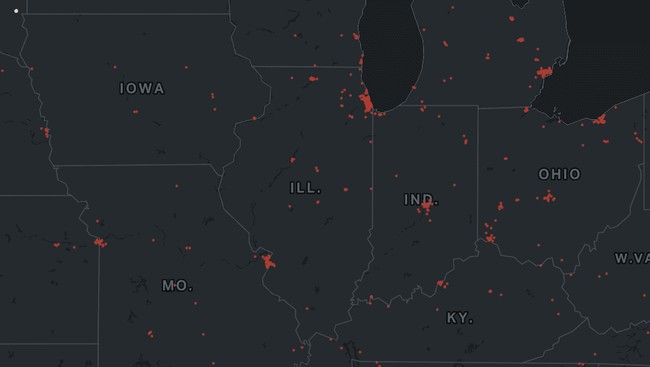
You can identify major population centers just by the number of red dots indicating a mass shooting, with cities like Chicago, St. Louis, Indianapolis, Kansas City, Cleveland, Columbus, Cincinnati, and Louisville easy to spot. Mass shootings outside of those big cities, on the other hand, are much more infrequent; an indication that gang and drug violence is fueling the shootings.
The same is true when looking at the East Coast and the I-95 corridor.
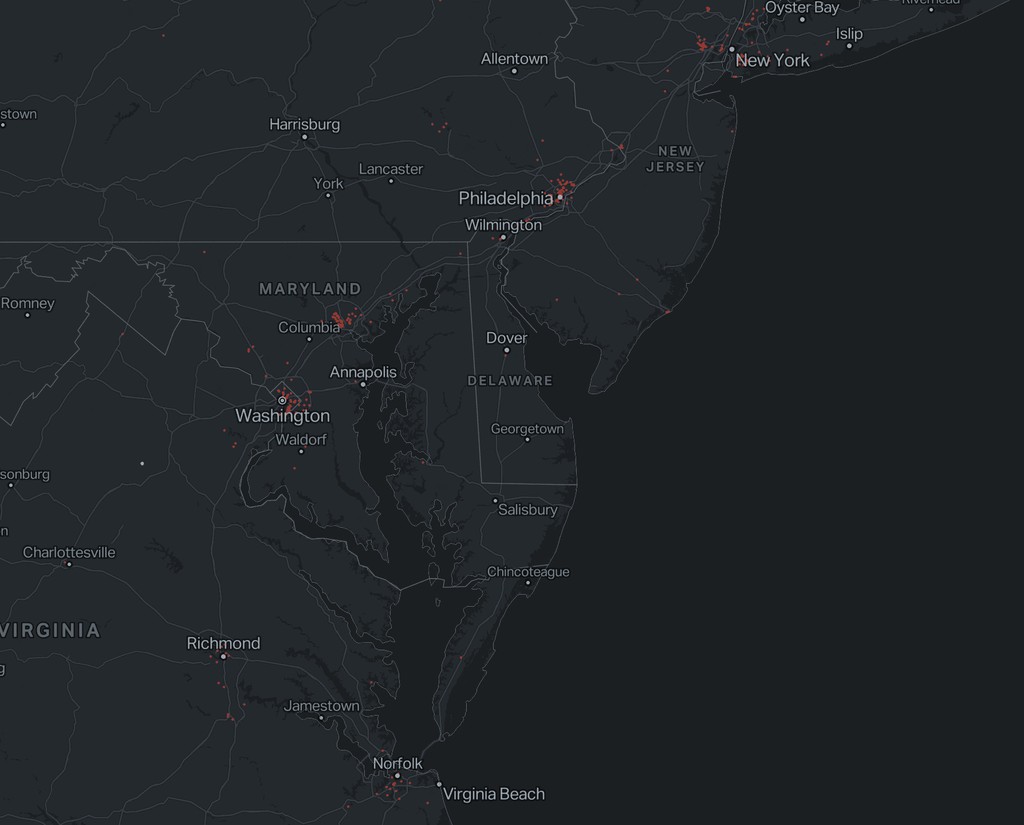
As you can see, the biggest clusters of mass shootings are centered around Washington, D.C., Baltimore, and Philadelphia, with smaller clusters in Richmond, Norfolk, and Reading, Pennsylvania. Mass shootings in general are rare events, but outside of those population centers they’re almost non-existent.
In my neck of the woods anyway, mass shootings are more frequent in the places with the most restrictive gun laws. D.C.’s mass shooting rate of 10.43 per 1,000,000 is a full ten times higher than Virginia’s rate of 1.27 per 1,000,000, and Maryland has had almost twice as many mass shootings per capita (2.20 per 1,000,000) compared to the Old Dominion, even though Maryland’s restrictive gun control laws are supposedly designed to prevent these types of shootings from ever taking place.
I’m not suggesting, by the way, that restrictive gun control laws cause mass shootings, only that those policies fail to prevent them. California’s mass shooting rate of 1.05 per 1,000,000 people is virtually identical to Texas’ rate of 1.04 per 1,000,000, and the two states couldn’t be further apart on gun policy unless Gavin Newsom decided to arbitrarily suspend the right to keep and bear arms entirely.
So what does this tell us? Well, for one thing mass shootings as defined by the Gun Violence Archives are largely (though not entirely) a phenomenon that takes place in bigger cities and their suburbs. Gun control laws (or the lack thereof) aren’t an indicator of how many or how few mass shootings have taken place, and don’t appear to be effective in preventing mass shootings. Gun ownership rates aren’t a good predictor either, with the vast majority of the states with the fewest mass shootings also having some of the highest estimated rates of gun owners.
I know the anti-gunners will disagree with this conclusion, but what this study reveals to me is that focusing on the gun is a terrible way to combat mass shootings. Instead, we should be looking at who is pulling the trigger and why, then addressing the underlying factors that are giving rise to these awful incidents. Of course that’s antithetical to the entire reason for the gun control lobby’s existence, so I harbor no illusions that will actually happen… at least not those states where the risk of mass shootings are greatest.

